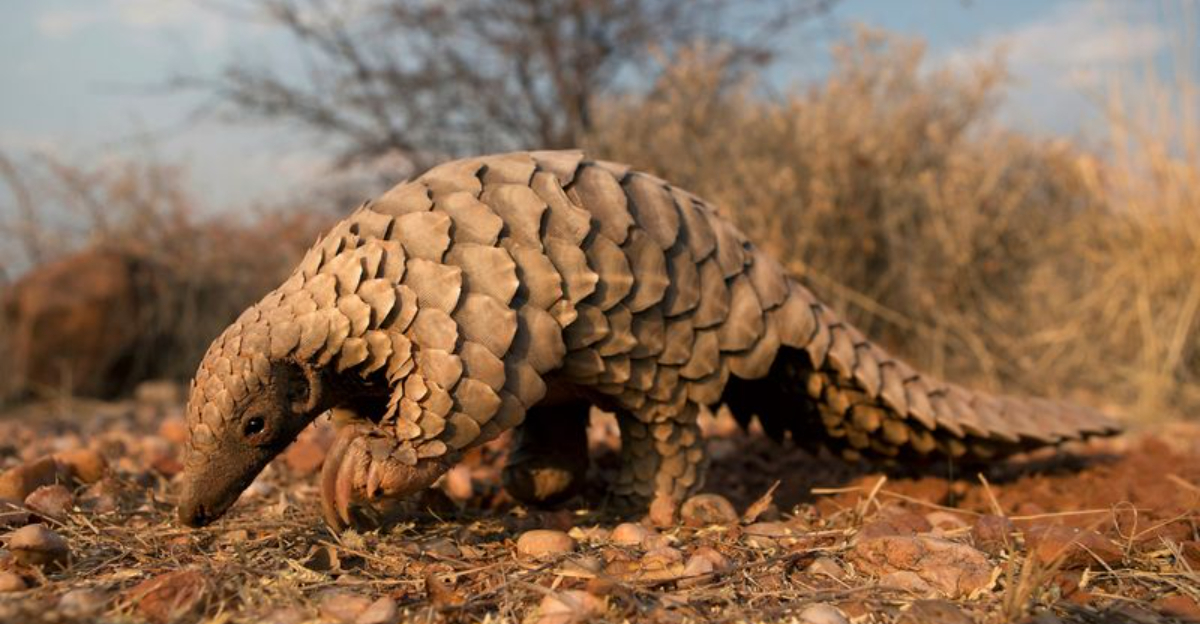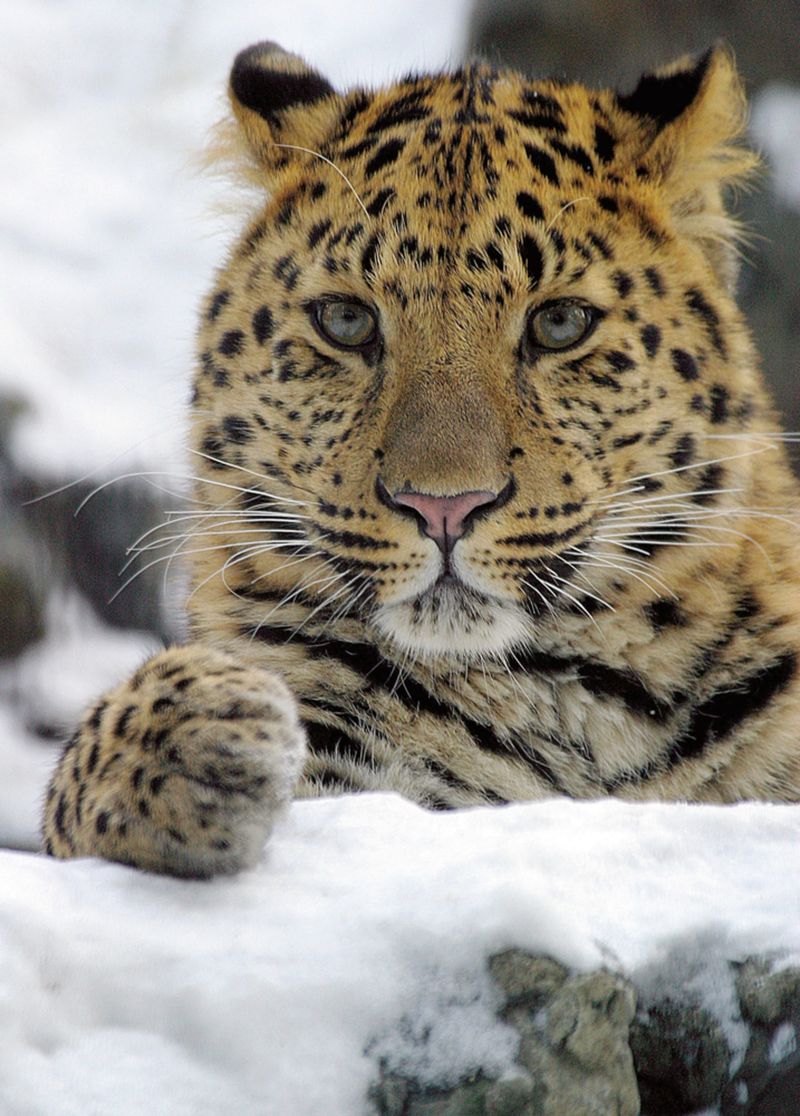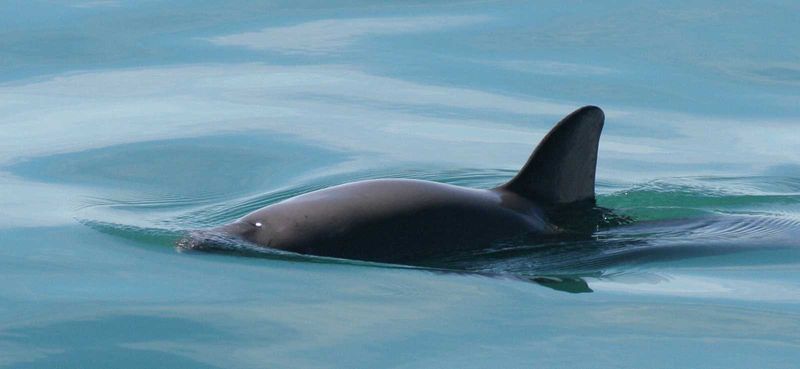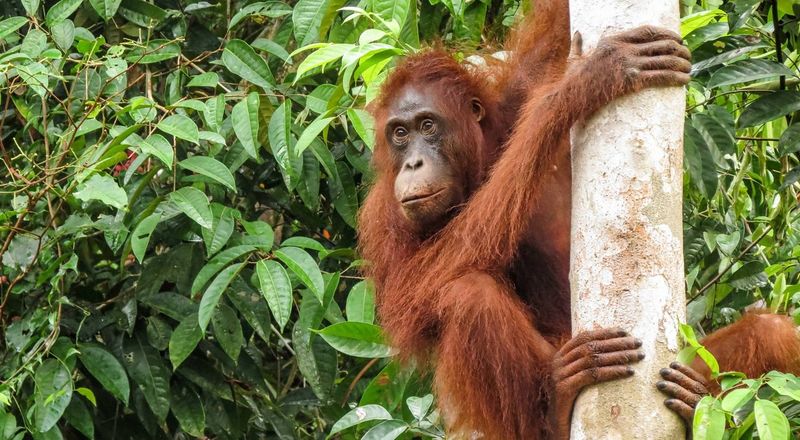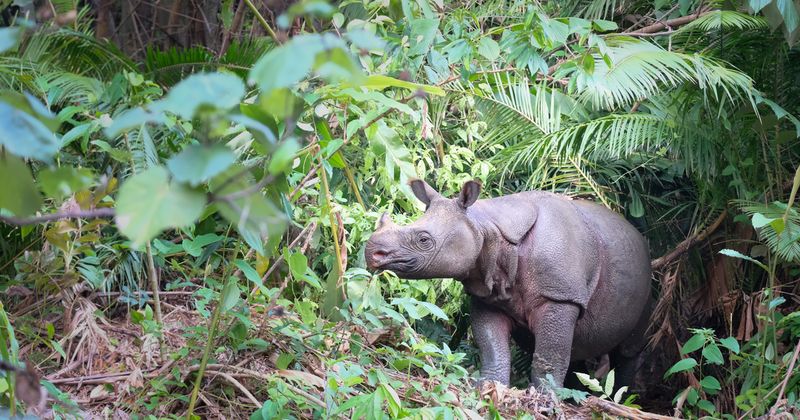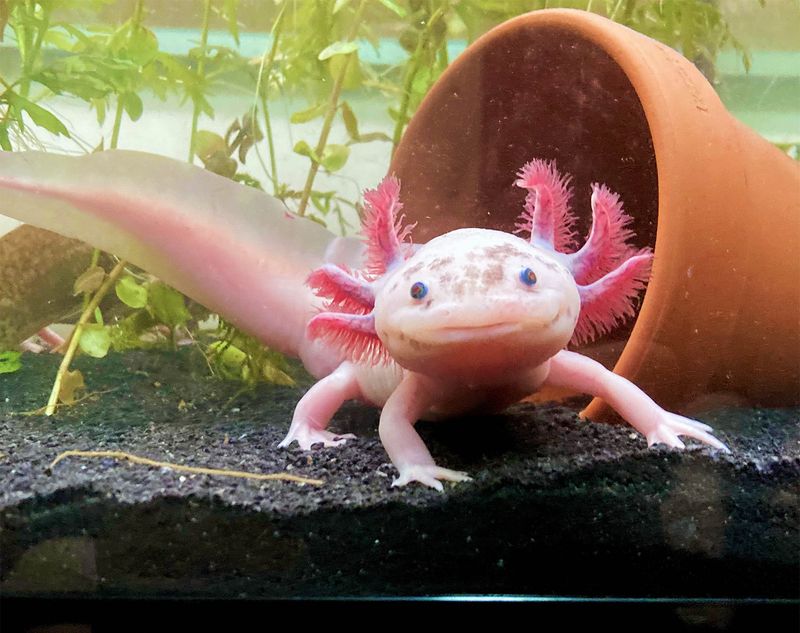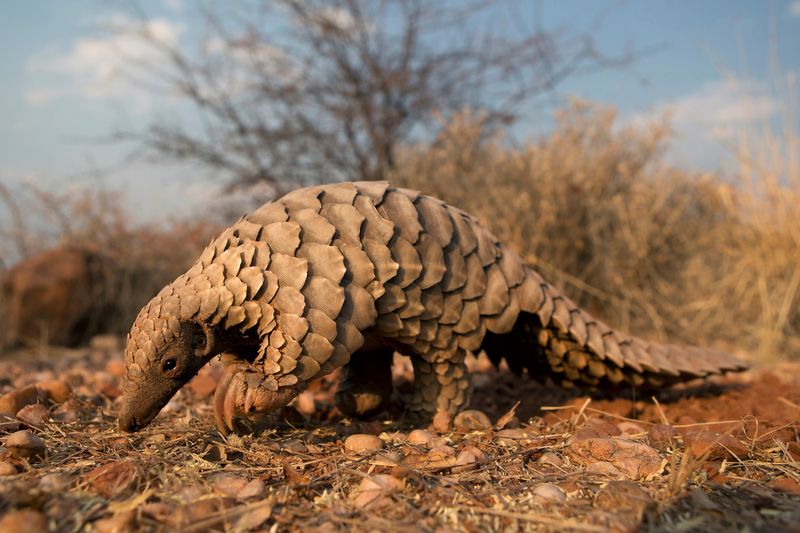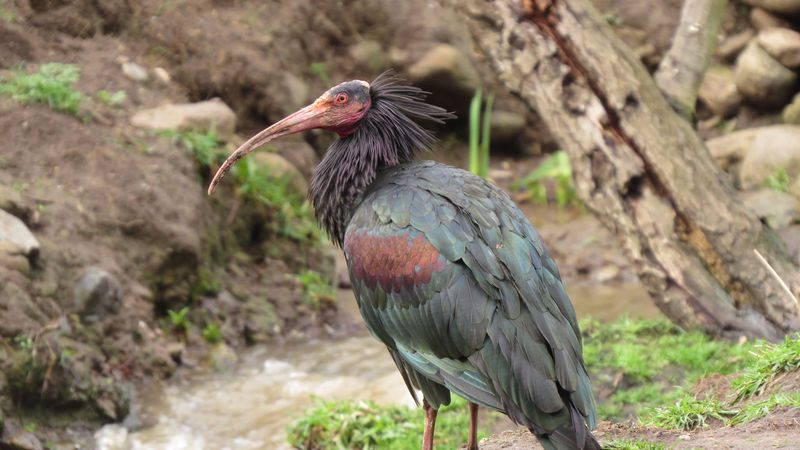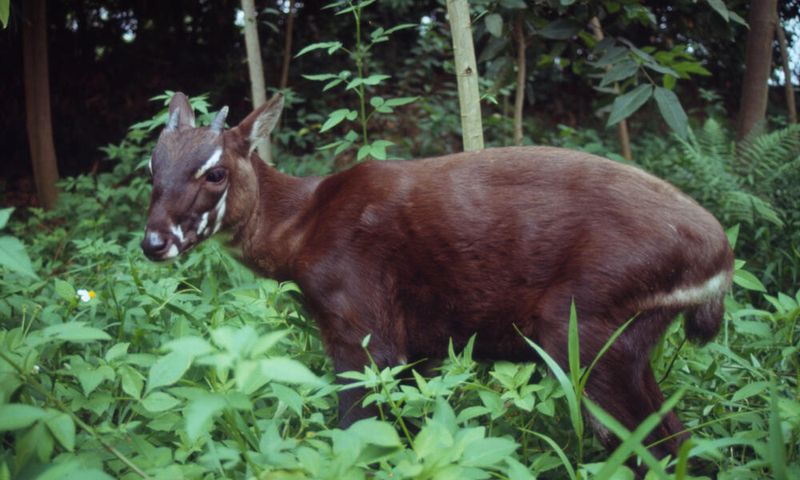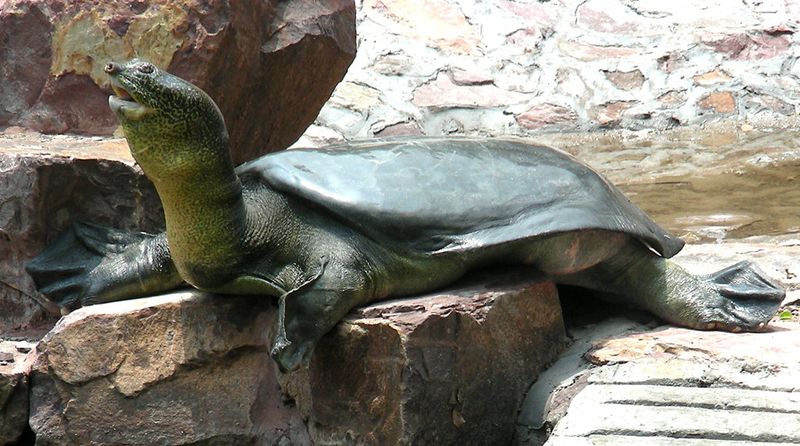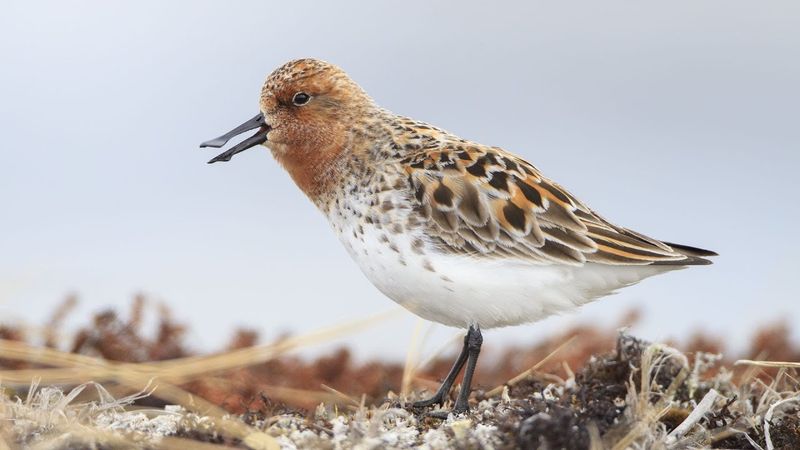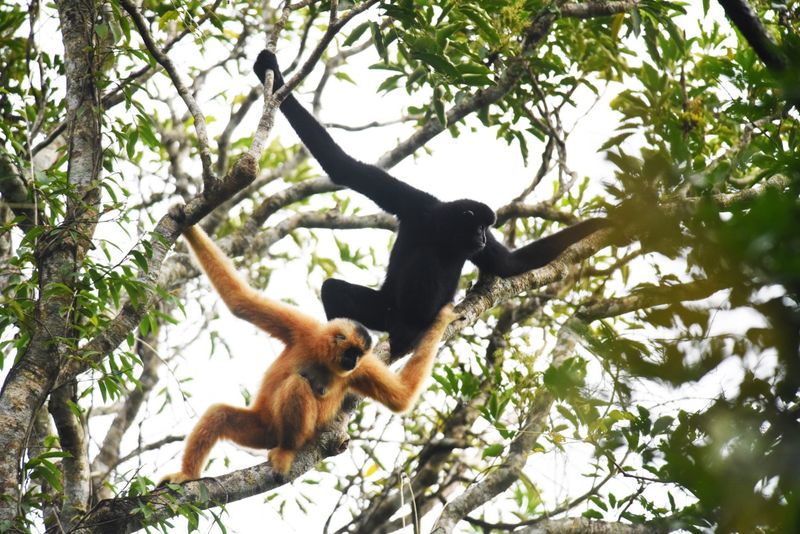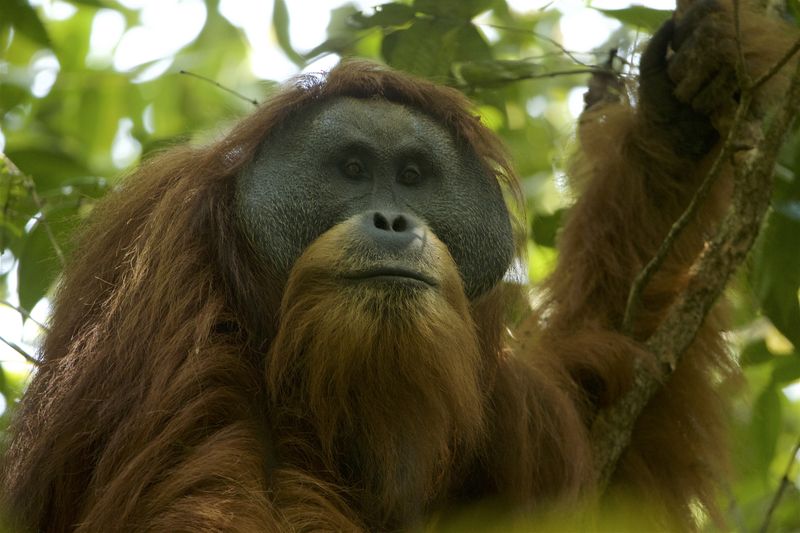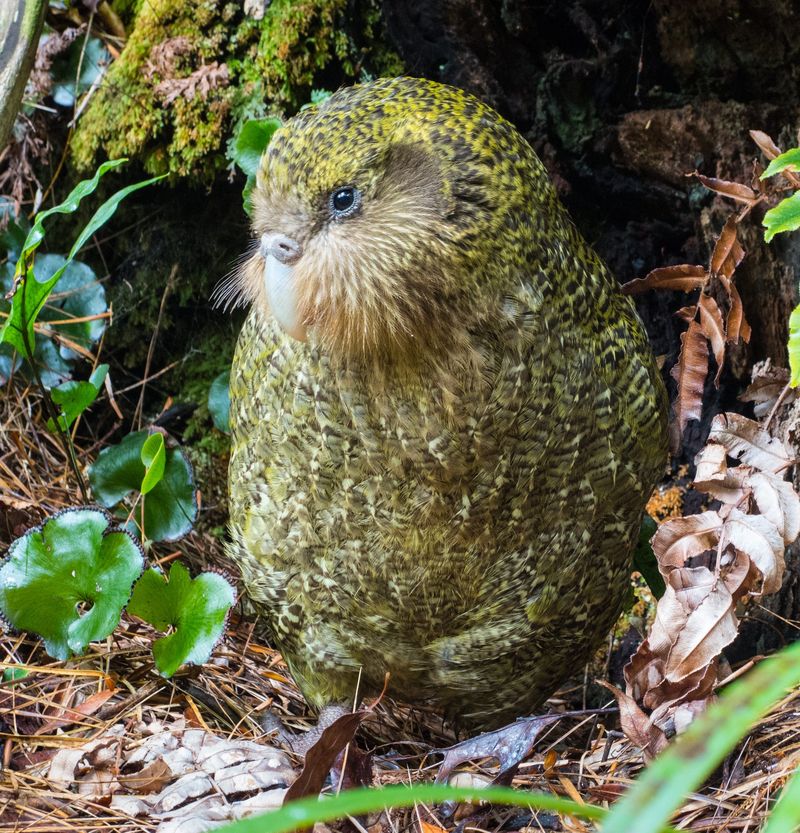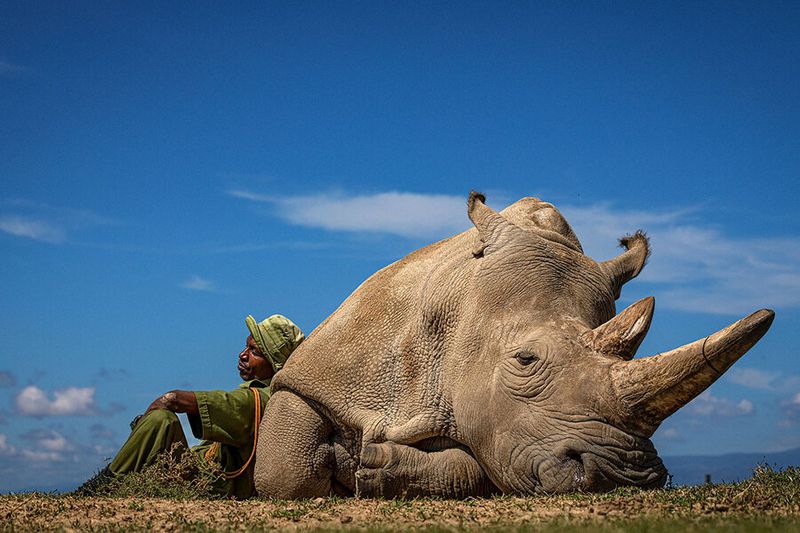📖 Table of Content:
Our planet is home to millions of amazing creatures, but some are in serious trouble. Human activities like habitat destruction, pollution, and climate change have pushed many species to the edge of extinction. While conservation efforts are helping some animals make a comeback, others continue to decline despite our best efforts. Let’s look at 8 species fighting hard to survive and 6 that might not make it much longer.
1. Amur Leopard
Stealthy and powerful, the Amur leopard prowls the snowy forests of Russia and China with fewer than 100 individuals left in the wild. These spotted cats can leap up to 19 feet horizontally and run at speeds of 37 miles per hour.
Poaching for their beautiful fur remains their greatest threat, though habitat loss from logging and forest fires has destroyed much of their territory. Conservation breeding programs are showing promise.
Russian and Chinese authorities have established protected areas specifically for these critically endangered cats, giving them a fighting chance for survival despite the odds stacked against them.
2. Vaquita
Only about 10 vaquitas remain in the entire world, making this tiny porpoise the most endangered marine mammal on Earth. Native to Mexico’s Gulf of California, these shy creatures measure just 5 feet long with distinctive dark rings around their eyes.
Gill nets meant for catching other fish accidentally trap and drown vaquitas. Despite Mexico establishing a protected refuge, illegal fishing continues to threaten their existence.
Scientists are racing against time to save this species, but with such small numbers, genetic diversity is dangerously low. Each lost vaquita brings this remarkable animal closer to permanent extinction.
3. Sumatran Orangutan
Red-haired and remarkably intelligent, Sumatran orangutans share 97% of their DNA with humans. These great apes build elaborate nests in the treetops each night and use tools to extract insects and honey from hard-to-reach places.
Palm oil plantations have destroyed over 80% of their forest home in Indonesia. Mothers are often killed so their babies can be sold as pets, a devastating practice for a species where females only give birth once every 8-9 years.
Conservation groups are working to protect remaining forests and rescue orangutans from areas being cleared. With fewer than 14,000 left, their future hangs in the balance.
4. Javan Rhino
Fewer than 75 Javan rhinos remain, all living in a single national park in Indonesia. These solitary forest-dwellers once roamed throughout Southeast Asia but now occupy just one small patch of habitat.
Unlike their African cousins, Javan rhinos have a single horn and folded skin that gives them an armored appearance. Poaching drove them to near extinction, as their horns fetch astronomical prices for use in traditional medicines.
Rangers patrol Ujung Kulon National Park day and night to protect these gentle giants. Scientists are considering establishing a second population elsewhere to prevent a single disaster, like a disease or a tsunami, from wiping them out completely.
5. Axolotl
Forever young, the axolotl never grows up in the traditional sense. These salamanders keep their feathery external gills throughout their lives, unlike most amphibians that transform during metamorphosis.
Native only to Lake Xochimilco near Mexico City, wild axolotls are nearly extinct due to water pollution, urban development, and introduced predator fish. Their remarkable ability to regenerate limbs, organs, and even parts of their brain makes them valuable for scientific research.
While millions exist in laboratories and aquariums worldwide, fewer than 1,000 remain in their natural habitat. Conservation efforts focus on cleaning up the canals where they live and removing invasive species.
6. Pangolin
Covered in protective scales made of keratin (the same material as human fingernails), pangolins are the world’s most trafficked mammals. When threatened, they roll into a tight ball that shields them from most predators but makes them easy for poachers to pick up.
All eight pangolin species face extinction because their scales are used in traditional medicines, despite having no proven medical benefits. Their meat is also considered a delicacy in some countries.
Global trade bans have been implemented, but illegal trafficking continues at alarming rates. Conservation groups work to rescue pangolins from the wildlife trade and rehabilitate them for release into protected areas.
7. Northern Bald Ibis
Sporting a punk-rock mohawk of black feathers and a bright red face, the Northern Bald Ibis is one of the strangest-looking birds fighting for survival.
Once widespread across the Middle East, North Africa, and Europe, wild populations dwindled to just a few hundred birds. Pesticides poisoned these birds that feed on insects, lizards, and small animals they find in semi-arid areas.
Habitat loss and hunting further reduced their numbers to critical levels. Conservation breeding programs have helped reintroduce captive-bred birds to the wild in Morocco and Turkey. Dedicated conservationists even use ultralight aircraft to teach young ibises traditional migration routes their parents can no longer show them.
8. Saola
Known as the “Asian unicorn,” the saola was only discovered by scientists in 1992. This elusive forest-dwelling bovine has two parallel horns that can grow up to 20 inches long and distinctive white facial markings.
Native to the mountains of Vietnam and Laos, saolas are so rare that biologists have only photographed them in the wild a handful of times. Hunting with snares and habitat destruction from logging have pushed this recently discovered species to the brink.
Conservation efforts focus on removing snares from forests and working with local communities to protect remaining habitat. With possibly fewer than 100 individuals left, every single saola is precious to the survival of their kind.
1. Yangtze Giant Softshell Turtle
Racing against extinction, the Yangtze Giant Softshell Turtle stands as perhaps the most endangered turtle on Earth. Only three individuals remain alive—one male in China and two in Vietnam—making their recovery nearly impossible.
These massive freshwater turtles can weigh over 200 pounds, with shells reaching 39 inches long. Habitat destruction, pollution in the Yangtze River, and collection for traditional medicine decimated their population.
Multiple artificial insemination attempts with the last known female failed before she died in 2019. Unless scientists discover additional individuals or achieve breakthroughs with genetic technology, this ancient species that survived since the age of dinosaurs will soon disappear forever.
2. Spoon-billed Sandpiper
Equipped with a spatula-shaped bill perfect for sifting through mud, the tiny Spoon-billed Sandpiper makes one of the world’s most impressive migrations. These small shorebirds travel over 5,000 miles between breeding grounds in Russia and wintering sites in Southeast Asia. Fewer than 300 breeding pairs remain in the wild.
Coastal development has destroyed critical stopover sites they need during migration, while hunting and pollution further threaten their survival. Conservation groups have established captive breeding programs and work to protect remaining wetlands along their migration route.
Satellite tracking helps scientists identify key areas needing protection to save these remarkable birds from extinction.
3. Hainan Gibbon
Melodious morning songs echo through the mountain forests as Hainan gibbons call to establish territory and strengthen family bonds. With fewer than 30 individuals remaining on China’s Hainan Island, these small apes are among the world’s rarest mammals.
Families consist of one adult male, two females, and their offspring. They swing through the forest canopy using their extraordinarily long arms in a movement called brachiation, rarely descending to the ground.
Logging and hunting reduced their population from thousands to near extinction. Conservation efforts focus on restoring forest corridors between fragmented habitats, allowing these gibbons to expand their range and find mates outside their family groups.
4. Tapanuli Orangutan
Hidden away in a small patch of forest on the Indonesian island of Sumatra, the Tapanuli orangutan was only recognized as a separate species in 2017.
With just 800 individuals remaining, they became the world’s most endangered great ape the moment they were discovered. Their habitat spans less than 400 square miles of mountainous terrain. A planned hydroelectric dam threatens to fragment their already limited range, while illegal logging continues to shrink available forest.
Facial features and behaviors distinguish them from their orangutan cousins. Males have prominent mustaches and flat cheek pads, while their calls last longer than other orangutan species. Conservation efforts focus on halting further habitat destruction.
5. Kakapo
Flightless and nocturnal, the kakapo is unlike any other parrot on Earth. These chubby, moss-colored birds can live up to 90 years but reproduce so slowly that recovery is extremely challenging.
Native to New Zealand, kakapos evolved without mammalian predators, making them defenseless when humans introduced cats, rats, and stoats. Their numbers plummeted to just 51 birds by the 1990s.
Today, about 200 kakapos live on predator-free islands where scientists monitor each bird with radio transmitters. Every chick receives a name, and breeding seasons become national events in New Zealand. Despite intensive care, inbreeding and disease outbreaks continue to threaten their recovery.
6. Northern White Rhino
Two females remain the last of their kind. The Northern White Rhino functionally went extinct when the last male, Sudan, died in 2018, leaving behind his daughter and granddaughter as the final representatives of a magnificent species that once roamed Central Africa.
Scientists collected sperm from Sudan before his death and have created embryos using eggs from the surviving females. These precious embryos may one day be implanted in Southern White Rhino surrogates.
Poaching for rhino horn drove these gentle giants to extinction in the wild. Armed guards protect the two survivors around the clock at a conservancy in Kenya, a sobering reminder of how human greed can eliminate an entire species.
